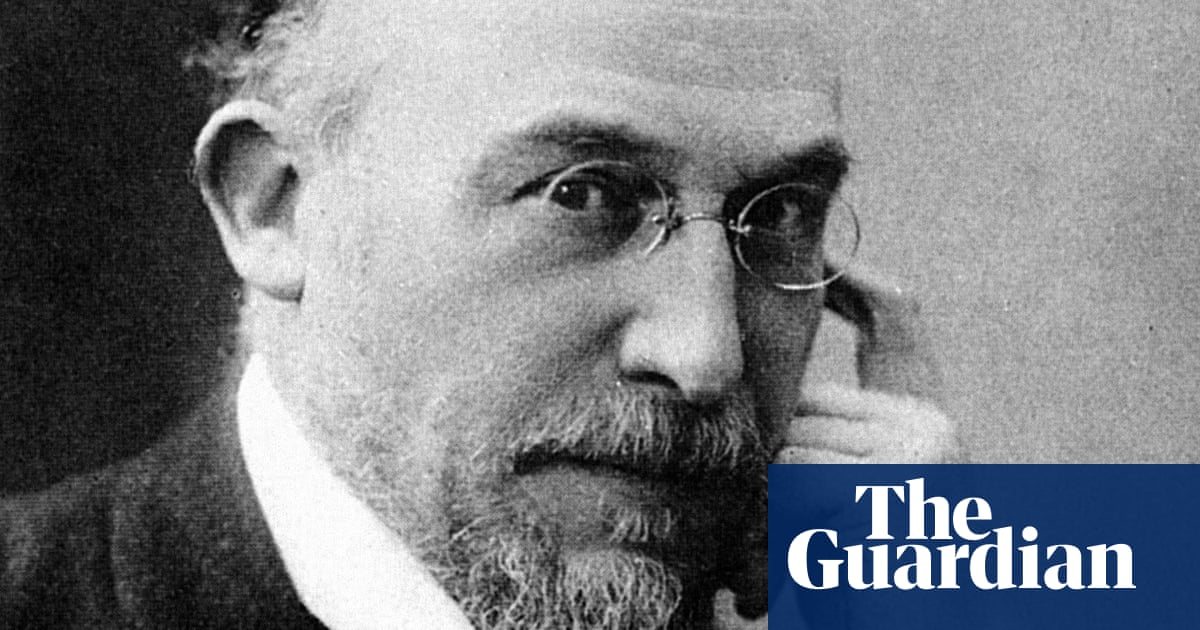Twenty-seven previously unheard works by Erik Satie, from playful cabaret songs to minimalist nocturnes, are to be premiered a century after the death of the notoriously eccentric and innovative French composer.
Painstakingly pieced together from hundreds of small notebooks, most of the new works are thought to have been written in the bohemian bistros of Montmartre in Paris where Satie worked as a pianist in the early decades of the 20th century.
James Nye, a British musicologist and composer, and Sato Matsui, a Japanese composer and violinist, tracked down the lost material in various archival collections, including the Bibliothèque Nationale de France.
They have now readied the sketches for performance by the acclaimed French pianistAlexandre Tharaudin a new recording to be released on Friday, in advance of the centenary of Satie’s death on 1 July.
Remarking on how unusual it was to find a single previously unknown Satie work, let alone 27, Nye said: “Most of us assumed that after all this time pretty much anything of any interest had already been published.”
Nye, who has had a “lifelong fascination with Satie”, added: “Anything previously unknown and unheard is a treat, and the idea of being the first for 100 years to properly set eyes and ears on this material is thrilling.
“It’s always good to have more Satie, and especially to widen people’s awareness of the variety of his output, his inventiveness and curiosity.”
Nye said Satie used to jot down ideas that came to him while walking to Paris from his lowly room in the suburb of Arcueil, then back again, often late at night, as well as in his favourite cafes and bistros. “He could compose anywhere really, but rarely at the piano,” Nye said.
It was within the pages of his little notebooks that these previously unknown works were found. Satie had a particularly neat hand, but passages in pencil had faded and needed to be carefully deciphered by Nye and Matsui.
Satie was one of life’s eccentrics, a shy and complex man. In his book, Memoirs of an Amnesiac, he joked about his strict timetable: “I rise at 7.18; am inspired from 10.23 to 11.47. I lunch at 12.11 and leave the table at 12.14. A healthy ride on horseback round my domain follows from 1.19pm to 2.53pm.”
It was the late British composer Peter Dickinson who helped make him a cult favourite throughout Europe from the 1960s onwards, while the American composer John Cage was among those who further championed him, inspired by his innovative and unconventional approach to music.
Nye said the “newly discovered gems” included pieces in the free, minimalist style of Satie’sGymnopediesandGnossiennes– for example,Réflexions nocturnesandAutour du 1stnocturne. There are experimental works, with evocative titles such asPoil(Hair), and jovial Parisian valses.
A digital album titledSatie: Discoverieswill be released by Warner Classics’ sister label Erato on Friday. The centenary of Satie’s death on 1 July will be marked by numerous Satie programmes on BBC channels.
